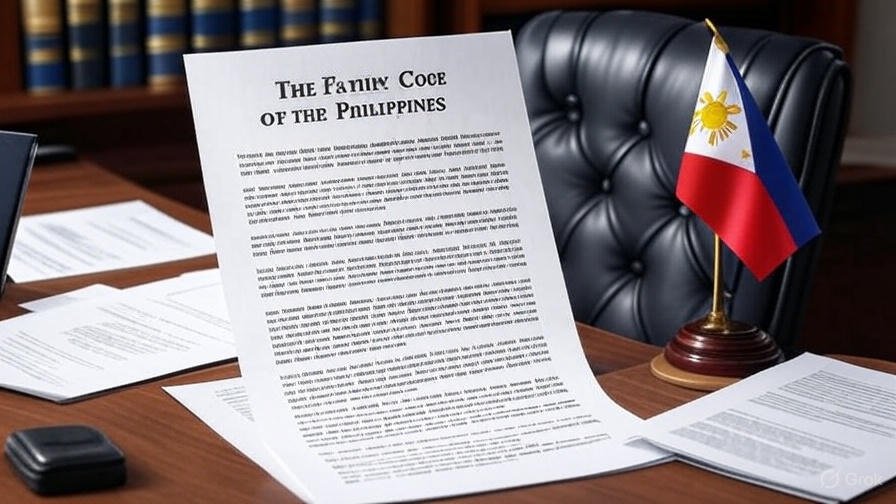Family Law: The Family Code of the Philippines
Introduction
The Family Code of the Philippines, enacted through Executive Order No. 209 on July 6, 1987, by President Corazon C. Aquino, serves as the cornerstone of family law in the country. Effective from August 3, 1988, this legislation replaced Book I of the Civil Code of the Philippines, aligning family relations with Filipino values, contemporary trends, and the 1987 Constitution’s emphasis on strengthening marriage and family as social institutions. It governs critical aspects of family life, including marriage, legal separation, property relations, parental authority, and support obligations.
Key Provisions
Marriage
The Code defines marriage as a special, permanent union between a man and a woman, established under law for conjugal and family life (Article 1). Essential requisites include legal capacity (both parties must be at least 18 years old and free from impediments like close kinship) and freely given consent (Article 2). Formal requisites encompass a valid marriage license, authority of the solemnizing officer, and a ceremony with at least two witnesses (Article 3). Marriages lacking these elements are void ab initio, except in specific cases.
Legal Separation
Legal separation is permitted under Articles 55-67 for grounds such as infidelity, physical violence, or abandonment, allowing spouses to live apart without dissolving the marriage bond. This affects property division and support but preserves the marital status, reflecting the Philippines’ non-recognition of absolute divorce.
Property Relations
The Code outlines three property regimes: Absolute Community of Property (default), Conjugal Partnership of Gains, and Complete Separation of Property (Articles 74-144). These regimes govern how assets acquired before and during marriage are managed, ensuring equitable distribution while allowing prenuptial agreements within legal limits.
Parental Authority and Child Welfare
Parents jointly exercise parental authority over minor children, covering upbringing, education, and welfare (Articles 209-233). The Code prioritizes the child’s best interests, particularly in custody disputes, and mandates support, including food, shelter, and education (Articles 194-207).
Paternity and Filiation
Filiation can be legitimate (born within marriage) or illegitimate, with rights to support and inheritance varying accordingly (Articles 163-182). Proof of filiation may involve birth records or, in disputed cases, DNA evidence.
Adoption and Support
Adoption requires a judicial process and specific eligibility criteria (Articles 183-193), while support obligations extend among spouses, parents, children, and siblings based on need and resources (Articles 194-207).
Significance and Impact
The Family Code reflects a balance between tradition and modernity, emphasizing family unity while addressing evolving social dynamics. Its provisions on psychological incapacity (Article 36) have been judicially interpreted to allow marriage annulments, adapting to contemporary challenges. As of August 17, 2025, it remains a vital framework, influencing legal practices and societal norms in the Philippines.
Conclusion
The Family Code of the Philippines is a dynamic legal instrument that safeguards family relations while promoting equality and child welfare. Its comprehensive scope ensures it remains relevant, guiding Filipino families through life’s legal milestones with a foundation rooted in cultural values and constitutional principles.
